It all spells trouble.
Miners have more than their fair share of superstitions. The nasty, smelly bowels of the earth aren’t kind to those who choose to grub around down there, and the more you dig into the old lore, the more you realise how hard a job it was. Death was everywhere. Most miners were lucky to live past the ripe old age of 40. If rockfalls or dead air didn’t get them, silicosis was waiting in line, so it’s no surprise that they looked for signs to warn them away from danger and protect what scant longevity they had.
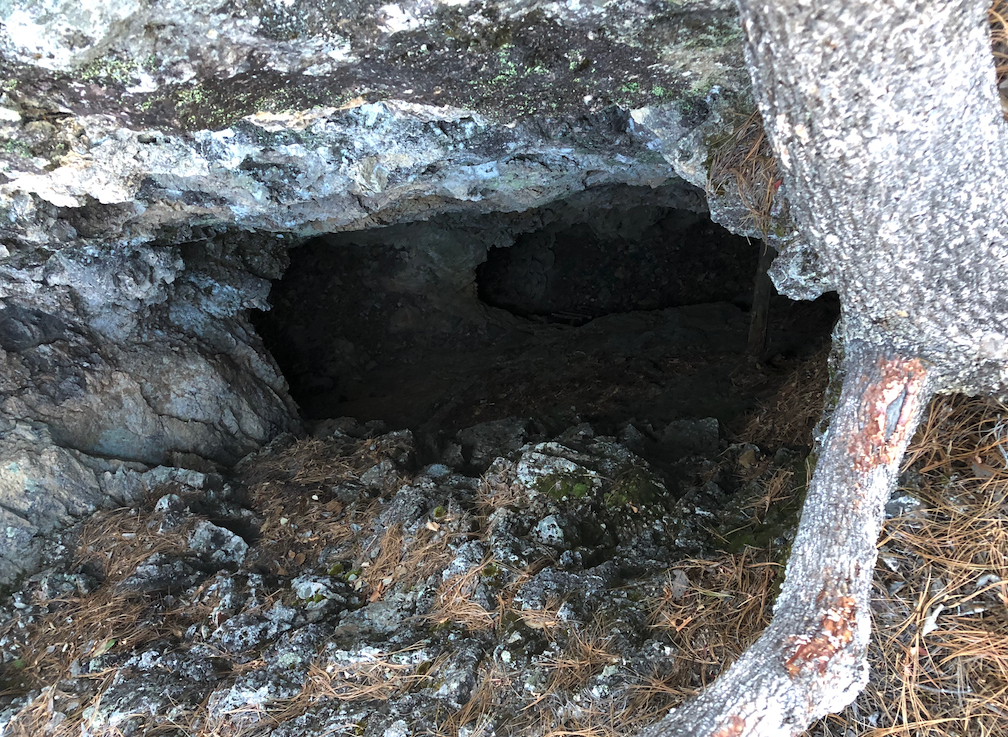
I’m a scientist at heart and not generally a believer in the supernatural. Even so, I do hold a few superstitions; ones that I like to think are grounded in common sense. For example, never stick your head in a honey wagon tank. It’s really unlucky and your friends will stop inviting you to the pub. Or, another one that’s seen me safely through to a ripe old middle age: don’t smoke huge cigars in fiery coal mines.
You’re All Doomed
The old timers took a much broader view of omens than my boring, sciency approach. Here’s a short list of some of the mysterious signs that used to frighten the willies out of them:
- Black cats in the mine- someone’s going to die.
- Dogs in a coal mine –someone’s going to die.
- If mice or rats run out of a mine, there’s going to be a cave in –someone’s going to die.
- A white rat in a coal mine was a sign of a coming accident –someone’s going to die.
- Don’t kill spiders (someone’s probably going to die if I had to hazard a guess)
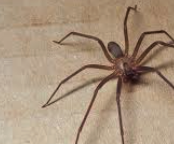
It’s pretty easy to see how the superstitions arose. Mine safety inductions weren’t that common in the change house 1,000 years ago when Ranulph the Partially Limbless was in charge. It was “suck it and see” every shift, and hope you come out alive. Who can blame the old timers for taking anything unusual as a warning?
Obvious common sense lies behind many superstitions. In the days before ventilation, for example, if a man’s candle or lamp went out, it meant bad air or lack of oxygen and probably death. As I said, common sense; everything unusual that happened underground could get a man killed.
The Last Shift
The last shift holds a very anxious, cold-sweaty place in the hearts of many who work in dangerous professions, me included. It was the one superstition that did feel real to me. Never plan or fix a date for your last shift. It’s bad luck and fate is likely to roger you, just because it can.
In 1987 I was drawing to the end of a three-year contract in South Africa down the gold mines, with the promise of a return flight home paid for by Mother Anglo. Young and stupid with an interest in history, I’d planned a once-in-a-lifetime 5-week trip backpacking around Egypt and Israel on my way home: a journey I wouldn’t be able to do on crutches or in a wheelchair.
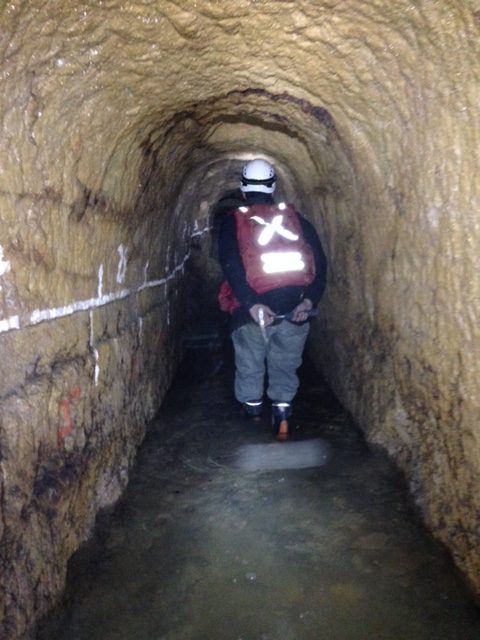
As the end date drew closer, I kept thinking back to my predecessor, Malcolm, an aging geologist I’d replaced 3 years before. He’d lost part of a finger in an underground mishap and actually considered himself lucky. I remembered watching him leave the office so gleefully; so fucking happy that he was done after 20 years, heading to Cape Town and retirement with only a missing finger. Which is why, one fine sunny day, at the end of a shift in late October 1987, I pulled the plug on my underground mapping career. No more.
The shift had been a bad one. I was climbing a chain up an ore pass when something came loose above me with an ominous clunk. A largish rock -maybe 2-3kg in weight- was bouncing down the pass and there was nowhere to hide. It would hit me, or it wouldn’t. I was lucky. It breezed merrily past my face and landed on my big toe. Crunch.
For the next minute or two I could feel warm blood filling my boot. I hobbled to the bottom and hurriedly took my boot off expecting a jigsaw puzzle where my toe had been. All I saw was a nice, bruised nail, a lot of sweat, but no blood. “Fuck this” I thought. “I’m done.” And the funny thing is, nobody in the geology department or at the shaft office complained. With only a week or two to go, everyone understood; my last shift was over and that was it.
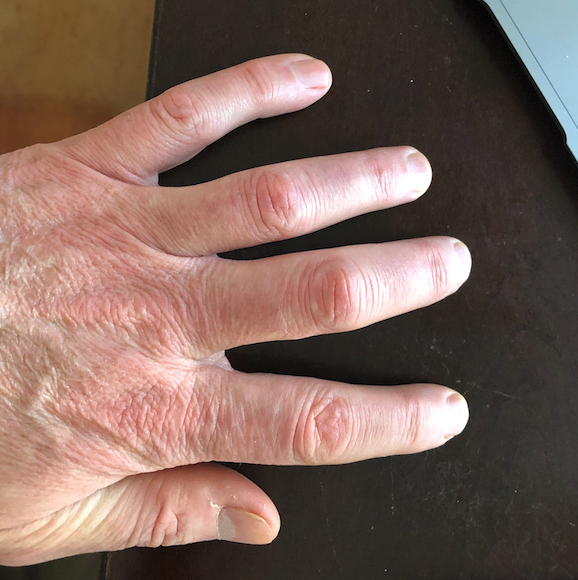
Dwarves, Demons & Tommyknockers
The age-old belief in dwarves, demons or other such beasties in the mines crops up everywhere that men have dug for metal, and must go back to the earliest days of underground mining.
The Cornish miners claimed to come across little dwarf-like creatures in the mines, which they called Tommyknockers. Knockers were good luck or bad luck, depending on your experience of them (there’s a certain infallible logic to that approach.) They made knocking noises, warnings to the miners of an imminent rock fall. But the noises might also be the Knockers weakening the rock face so it would fall on the hapless workers.
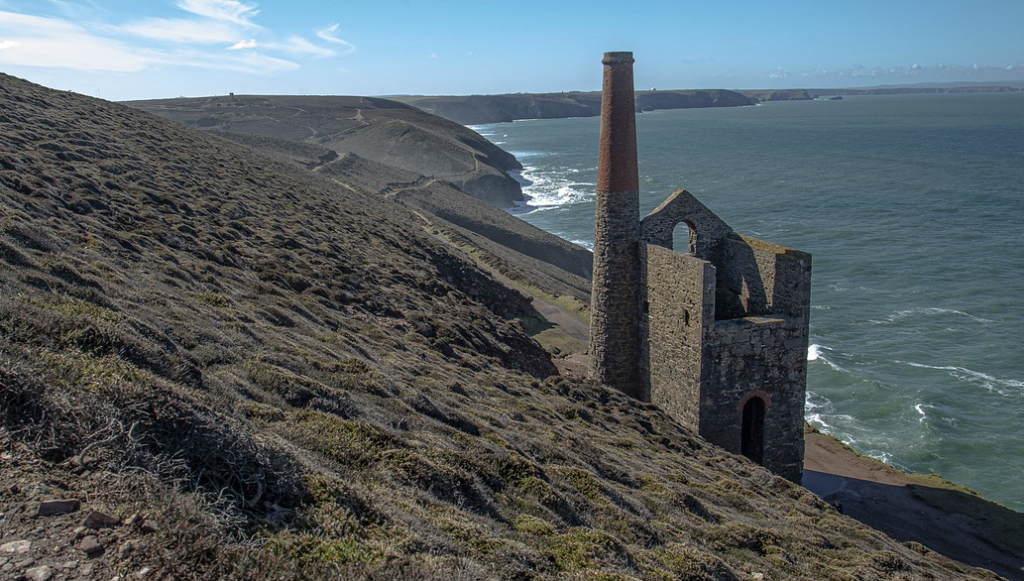
Tommyknockers were supposed to be “the underground equivalent of the Irish leprechauns, measuring about 2 ft in height, with a grizzled, but not misshapen, appearance*.” Other believers were a bit more specific, claiming in only-slightly antisemitic terms that the vertically challenged tricksters had hook-noses and were the ghosts of Jewish miners enslaved by Romans to work in the mines. Others thought they were the spirits of men who’d died in the mines and were stuck in purgatory.
*https://www.miningweekly.com/article/-1970-01-01-65
Tommyknockers could be friendly, leading the miners to a rich seam of tin or copper, but they could also be vengeful. Heaven help anyone who whistled a cheery tune underground: It was a was a sign of disrespect towards the Knockers.
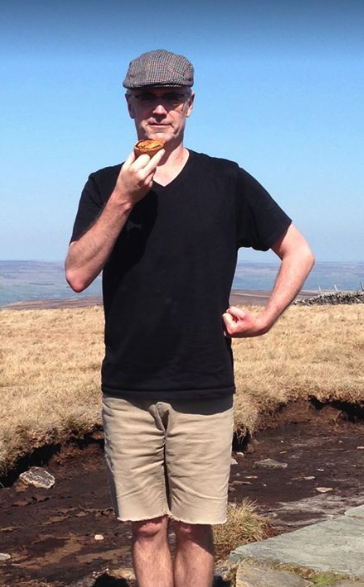
These myths are stubborn and persist to the present day. In the 1980s when I was underground, the Zulu and Xhosa miners believed in a sprite called Tokoloshe. I heard the name used more than once as a warning not to go into the dark, sinister back areas of worked-out stopes. Tokoloshe was there and he’d get you. Even my underground assistant, Dunkel, who worked with rational old me for 2 years, believed in it and would occasionally warn me not to go into a certain tunnel or dead stope.
Another variation on the vindictive dwarf theme is the Bolivian miners’ belief in El Tio, the Lord of the Underworld. A mash-up of Satan with a couple of indigenous demons, he doesn’t have much going for him really. Living down a hole, he is usually portrayed as horned goaty looking red-skinned chap, often with a raging hard on, a fulsome moustache and a cigarette stuck in his mouth.
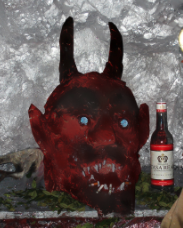
The miners make statues of him and leave offerings to keep his temper on an even keel while they mine silver. He has a bunch of bad habits and is rather fond of sweets, booze, cigarettes and coca leaves which implies a) he doesn’t sleep very much, and b) he probably has bad breath, hence c) he never gets laid which explains the woodie. To make things worse, his effigy is only allowed out from underground once a year when the communities celebrate his defeat at the hands of Archangel Michael. No wonder he’s grumpy.
Women. Nooo…
One superstition that was still prevalent to some degree in the 1980s across all levels of underground workers and management, was that women underground bring bad luck. In my 3 years on Vaal Reefs, I don’t think I ever saw a woman down below (If you see what I mean). The presence of a menstruating women is considered even worse.
In my time, I helped shepherd a few groups of visiting dignitaries and senior management around underground, but no women. There was resistance to the idea among the labourers which generally rubbed off on their immediate bosses. The crews would sulk or down tools if a woman from HR turned up to see what working conditions were like (Hint: shit).
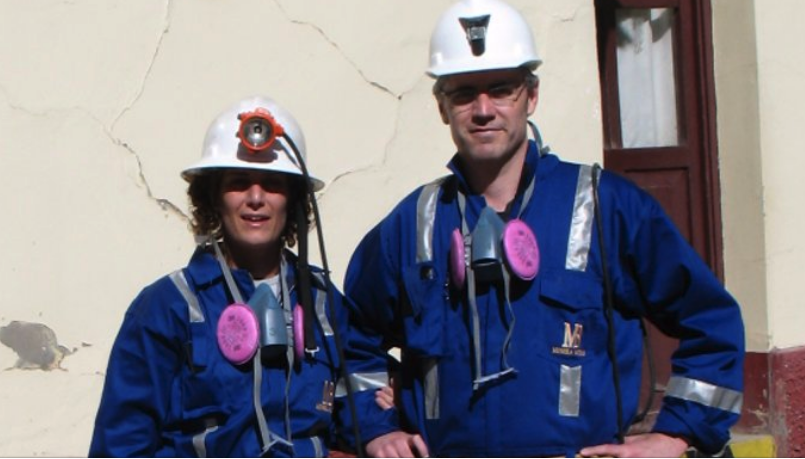
I read one explanation of this particular phobia that makes sense. Women were usually only seen at the mine when there’d been an accident. They’d come to find out if their husband had been squished, mutilated or blown up, so their presence at the shaft or underground became associated with accidents and death. Entirely logical, I have to say, although I didn’t share the sentiment.
(Some of the expat workers I knew actively tried to subvert this superstition by taking their girlfriends underground for initiation into the celebrated “Mile Down Club”, taking advantage of one of the many abandoned side tunnels to have their wicked ways. Sadly, this never happened to me. I was too skinny and sweaty and didn’t look that hunky in my coveralls, more like a seriously damp and vaguely smelly scarecrow with a measuring tape and hard hat. Hot, huh? Line up ladies, line up…)
Not content with branding women underground as unlucky, the old-timers went one step further and decided that ginger haired gals were particularly bad luck: yet another omen of impending death. This must be why Ygritte – famous for the line “You know nothing, John Snow” in Game of Thrones- is never seen hauling a jack leg around in a deep-level crosscut: it’s just too risky a scenario to contemplate.
Rats & Mice

Rodents figure prominently in mining lore as omens of bad luck. If you happened to see shit tons of rats or mice heading en masse to catch the cage out, it’s time to leave because there’s going to be an accident. Again, a certain logic inhabits this superstition: people all over our unstable little planet have long claimed that animals can sense when an earthquake is going to happen. Depending on who you talk to, they might become strangely quiet or noisily alarmed when a temblor is imminent. I never saw any rats or mice in my time underground and, luckily, never had a chance to test this one.
The Legacy of Empire
There are many regional variations on the common themes that crop up time and again in mining lore. The incorporation of local myths or religious figures -for example, El Tio- adds colour to what is really only a small but consistent handful of legends. Most of the stories seem to have originated in Europe’s ancient metal mines and spread around the world as the regional empires came and went. The Romans, the Spanish, the French and the English -they all needed metal, and the miners, whether paid or forced to dig, shared the same need for omens to help them survive in the hostile subsurface environment. Poor buggers.
I’d be interested to hear from readers who’ve got their own stories of bad or good luck omens they’ve come across in the business.
Don’t Forget
We all have our own misguided superstitions. What’s yours? If you have a good one, I’d love to hear it via the comments below. Don’t forget to subscribe to urbancrows.com via the portentous and deeply unlucky subscription box at the top of my home page. You won’t be haunted forever by the ghosts of bloggers’ past, I promise.


There were a helluva lot of rats where I worked at Vaal Reefs in 1991. Crazy little critters that used to climb along the diamond mesh supporting the hanging wall, and slip over loose rocks suspended in the same. They were slower than their kin on surface, Oom Jan -my miner who I “went with” as a learner official- told me they all had bad tysis (silicosis) and therefore could not run very fast. They were never too concerned by us shining our lights on them, unconcerned about anything except our sandwich crumbs. And seismic events. When there was a bump they would scrabble away like the rest of us but they had no sense of where to go. On the other hand, if they all go in one direction, it means bad air or water in the direction of the other. Not a rumor.
El Diablo in Bolivia is a diabolical thing. The shrines to him underground complete with offerings is something to see. Every year when they let him out they also slay a white, baby llama at the entrance to the mines and spray blood all over the entrance to honour him and to honour Pachamama, the earth god. Very pagan, and quite scary to see,even today in Bolivia. Similar thing in Peru, but they aren’t as blatant about it there.
Thanks for another great article, and another trip down memory lane. You should blog about the shaft cages in South Africa.
funny but I don’t think I ever saw rats or mice u/g. So much for observant geologists eh?
I’m working in Bolivia so I see El Tio and his effects a lot. Bolivian miners and those in mining communities believe in El Tio 100%. In part its because of the desperate situation they are in, especially if they are cooperative miners in the old Comibol underground mines. A pity I can’t post photos on here; I’ve got a few of El Tio in the Cerro Rico and a number showing the blood lust of the annual llama slaughter to appease El Tio.
I read about that aspect of it but it sounded a bit too heavy and bloody for a light hearted article.